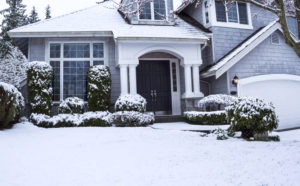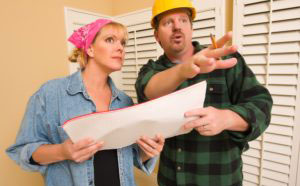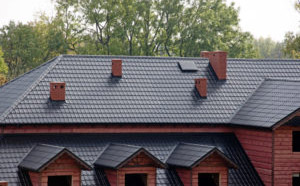EXTERIOR REMODELING OFFERS LARGEST RETURN ON INVESTMENT IN 2014!
December 19, 2019THE RIGHT WINDOWS CAN MAKE ALL THE DIFFERENCE
December 21, 2019Do you like the idea of conducting your own annual roof inspection, but dread climbing the ladder? Problem solved: inspect the roof from underneath—in your attic!
You can detect leaks and water damage from the attic just as easily (and probably a little easier) with enough light and crawling around. If your attic is finished, that’s great; less crawling! The attic is the first place you will see roof problems, so regular inspection is key.
Checklist for Attic Inspections
You’ll want to follow these guidelines if you’re going to inspect your own attic.
Check air vents. You’ll notice that when you crawl into the attic, you can hear outside noises far more clearly than in your living room. This is due to the vents in the sides of the roof that allow airflow. Make sure these vents are free from debris and in good repair.
If you have ridge vents, you’ll need to inspect the wood sheathing (the wood that frames the vent). Make sure that it is cut back to a distance of at least 3 inches from the vent.
Make sure there are no bird nests or leaves in the roof vents. You probably want to check on this several times a year because this kind of blockage is so common.
Check the wood sheathing on all openings from the attic—windows, air vents, chimneys, skylights, and areas where the roof meets in a valley. You need to make sure that no wood is rotting, which is the telltale sign that you have water damage. In fact, most water damage is discovered through rotted sheathing.
Check insulation. Any time you see a gap in insulation, this means that your heat and air is escaping through the roof, meaning higher utility bills. If the insulation is thinner than 10 inches, you need to add more. And if you see any insulation that is damaged by water, you should repair it as soon as possible.
Inspect the entire attic for mold. Mostly you are going to be focused on the wood sheathing. You want to look for black on the wood, as in this helpful blog post.
Finally, check all wood for bowing and cracks. Cracks can be repaired using epoxy, as in this boat hull repair guide. But usually you will need to replace the cracked wood. If there is bowing, you may simply need to add support so that the wooden beams do not collapse.
How does your attic look?
All you need is a strong flashlight (maybe a work light) and some protective gear like gloves and knee-pads, and off you go. If you suspect mold has begun to grow in your attic, you should wear a face mask before climbing up. But if you keep attic inspection in your yearly rotation, you’ll be able to identify and neutralize leaks that cause damage like mold in no time.
Do you perform yearly inspections of your attic? If you do, is it because you find it easier to inspect the roof from inside, where you don’t have to lean over ladder rungs? We want to hear how your roof inspections are going, so leave us a comment now—and we’ll reply!



